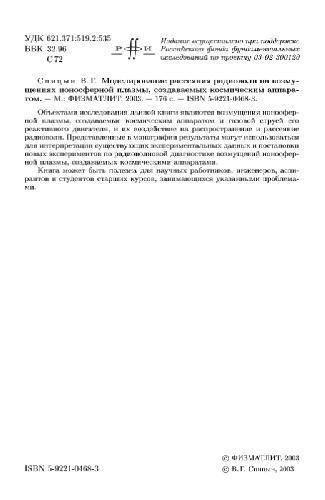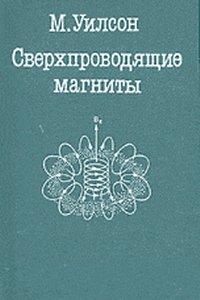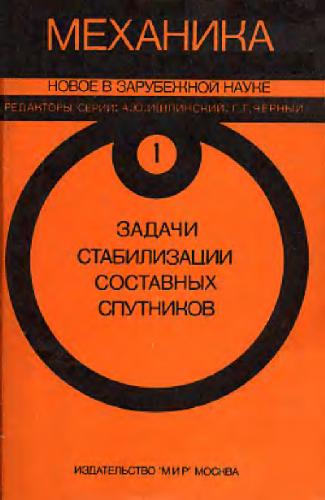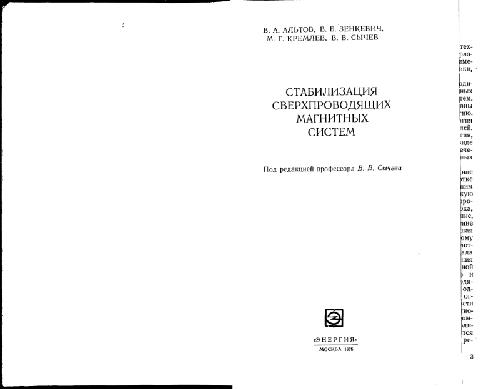Victor Antonov, Bruce Harmon, Alexander Yaresko9781402019050, 140201905X, 1402019068
The aim of this book is to review recent achievements in the theoretical investigations of the electronic structure, optical, magneto-optical (MO), and x-ray magnetic circular dichroism (XMCD) properties of compounds and Multilayered structures. Chapter 1 of this book is of an introductory character and presents the theoretical foundations of the band theory of solids such as the density functional theory for ground state properties of solids including local density approximation (LDA). It also presents some modifications to the LDA, such as gradient correction, self-interaction correction, LDA+U method, orbital polarization correction, GW approximation, and dynamical mean-field theory. The description of the magneto-optical effects and linear response theory are also presented. The book describes the MO properties for a number of 3d materials, such as elemental ferromagnetic metals (Fe, Co and Ni) and paramagnetic metals in external magnetic fields (Pd and Pt), some important 3d compounds such as XPt3 (X=V, Cr, Mn, Fe and Co), Heusler alloys, chromium spinel chalcogenides, MnB and strongly correlated magnetite Fe304. It also describes the recent achievements in both the experimental and theoretical investigations of the electronic structure, optical and MO properties of transition metal multilayered structures (MLS). The book also presents the MO properties of f band ferromagnetic materials: Tm, Nd, Sm, Ce and La monochalcogenides, some important Yb compounds, SmB6 and Nd3S4, UFe2, U3X4 (X=P, As, Sb, Bi, Se and Te), UCu2P2, UCuP2, UCuAs2, UAsSe, URhA1, UGa2 and UPd3. Within the total group of alloys and compounds, we discuss their MO spectra in relationship to: the spin-orbit coupling strength, the magnitude of the local magnetic moment, the degree of hybridization in the bonding, the half-metallic character, or, equivalently, the Fermi level filling of the bandstructure, the intraband plasma frequency, and the influence of the crystal structure. In the last chapter results of recent theoretical investigations on the MXCD in various representative transition metal 4f and 5f systems are presented. | |







Reviews
There are no reviews yet.